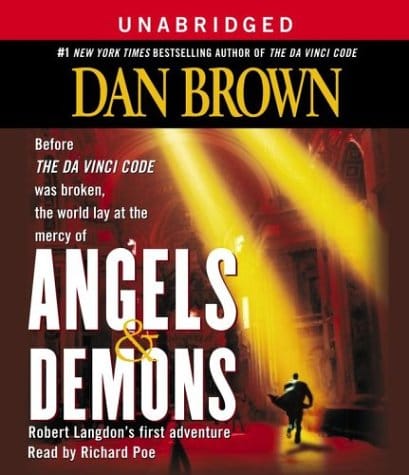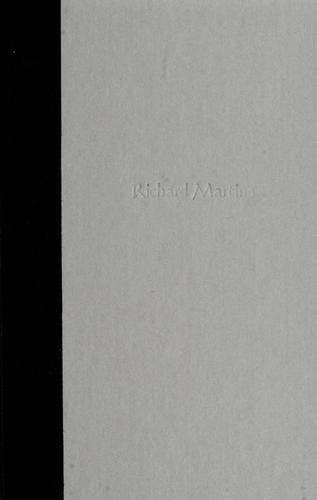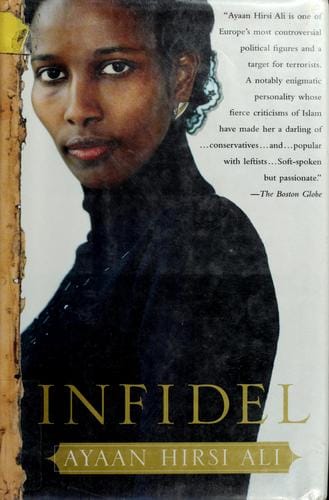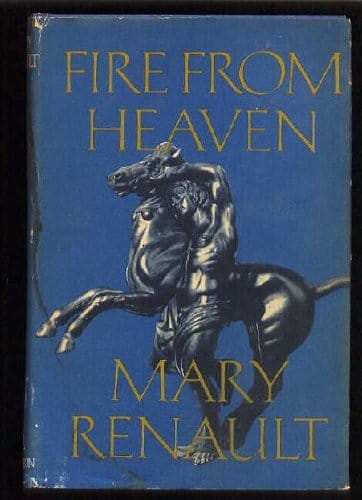Exploring Angels & Demons: Symbolism, Lore, and Cultural Impact
Explore the mythology, symbolism and pop culture influence of angels and demons, and learn how these celestial and infernal beings shape human stories.

Introduction: Celestial Guardians and Infernal Foes
Few archetypes captivate the human imagination like angels and demons. These opposing forces populate holy scriptures, inspire best-selling novels, and appear in countless games, comics, and movies. Beyond entertainment, they embody the eternal tug-of-war between virtue and vice, hope and despair. This article unpacks the origins, evolving symbolism, and modern relevance of angels and demons, showing why these supernatural beings continue to shape global culture.
Ancient Roots in Religion and Myth
The earliest references to angels and demons can be traced to Mesopotamian, Persian, and Judaic traditions. In Zoroastrianism, benevolent yazatas and malevolent daevas wage a cosmic war that predates the biblical narrative. Hebrew scripture later codified angels as messengers of God—think Gabriel, Raphael, and Michael—while demons such as Azazel represented chaos and temptation. Christianity absorbed and expanded these ideas, describing a host of angelic orders and casting Lucifer as the archetypal fallen angel. Islam likewise introduced Jibril (Gabriel) and a complex hierarchy of jinn, many of whom mirror demonic traits. Despite theological differences, all three Abrahamic faiths agree on a moral universe where angels guide and demons mislead.
Symbolism: Light, Darkness, and Moral Choice
Angels typically symbolize purity, guidance, and divine intervention. Their wings convey speed and spiritual elevation, while halos indicate enlightenment. Demons, by contrast, stand for temptation, rebellion, and destructive impulses. Horns, fangs, and cloven hooves externalize inner depravity. Together they personify humanity’s ethical crossroads: every culture crafts narratives in which people must choose between transcendent ideals and earthly desires. Psychologists like Carl Jung interpret angels and demons as projections of the collective unconscious—archetypes that help us confront the “shadow” within.
Angels in Pop Culture
From Renaissance art to contemporary streaming series, angels remain icons of hope. Painters like Botticelli portrayed cherubs as cherubic infants, while film directors such as Frank Capra used guardian angels (e.g., Clarence in “It’s a Wonderful Life”) to dramatize redemption. Modern literature—Neil Gaiman’s “Good Omens” or Cassandra Clare’s “The Mortal Instruments”—presents angels not merely as perfect beings but as conflicted characters with agency and flaws. This nuanced portrayal resonates with audiences seeking relatable heroes who still fight for goodness.
Demons in Pop Culture
Demons have likewise evolved from purely evil villains to complex antiheroes. In manga and anime, series like “Blue Exorcist” and “Demon Slayer” depict infernal beings that grapple with identity and morality. Horror films such as “The Exorcist” leverage demonic possession to explore faith and fear, while action games like “Diablo” let players battle legions of the damned. By confronting demons on-screen or in gameplay, audiences can vicariously conquer personal anxieties and taboos.
The Duality Within the Human Psyche
Philosophers argue that angels and demons externalize our internal conflicts. The angel on one shoulder and demon on the other trope illustrates cognitive dissonance—two competing voices influencing decision-making. Neuroscience even suggests that different brain regions light up when weighing altruistic versus selfish choices, lending biological weight to this symbolic tug-of-war. By visualizing morality as celestial versus infernal, cultures create memorable frameworks for teaching ethics and empathy.
Modern Interpretations: Science, Fiction, and Syncretism
While traditional belief in literal angels and demons persists, many contemporary thinkers reinterpret them metaphorically. Science-fiction authors position angels as advanced aliens and demons as rogue AI, updating ancient myths for a tech-centric age. New spiritual movements blend Eastern and Western cosmologies, adopting angel cards for divination or demonology for shadow work. Even skeptics use the language of angels (“guardian angel investor”) and demons (“inner demons”) to describe real-world forces and emotions.
Why Our Fascination Endures
Angels promise protection and meaning in an uncertain world, while demons personify chaos that must be overcome. Together they construct a compelling narrative arc: struggle, choice, and redemption. Marketing experts leverage this timeless dichotomy because it reliably sparks emotional engagement. Storytellers know that whenever a hero triumphs over demonic odds, audiences feel catharsis and hope.
Conclusion: A Timeless Battle in Modern Times
Whether viewed through theological, psychological, or pop-cultural lenses, angels and demons remain potent symbols of the human condition. Their ever-changing depictions mirror our own evolving values, fears, and aspirations. By studying these celestial guardians and infernal foes, we gain deeper insight into the moral landscapes that define us—and perhaps find guidance for our own inner battles.



